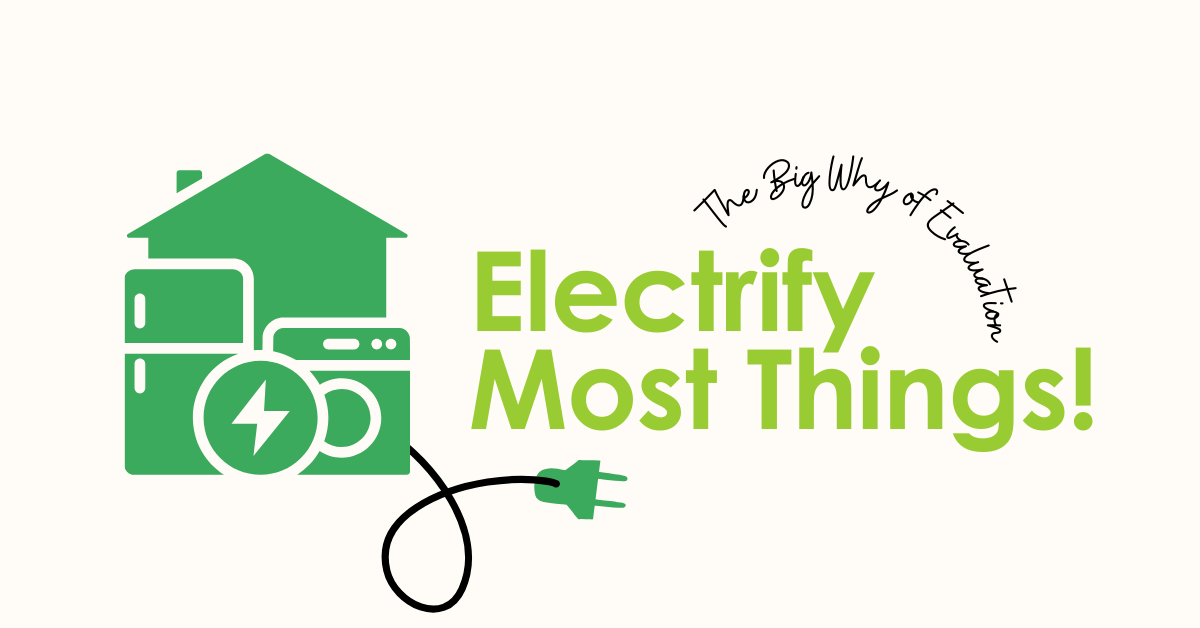
by Michaels Energy | Sep 12, 2023 | The Big Why
Electrification can provide so many benefits, relating to efficiency, safety and comfort, and climate, that there is growing refrain to “electrify everything,” especially for buildings and transportation. I fully believe that electrification presents the best way to...

by Michaels Energy | Jul 6, 2023 | The Big Why
Over the past few years, in response to the growing climate change crisis, federal, state, and local governments’ funding of energy efficiency and decarbonization projects has increased substantially (to put it mildly). In many cases, both programs and participants...

by Michaels Energy | Jun 13, 2023 | The Big Why
Evaluations can sometimes feel like a regulatory checkbox. This can seem especially true for process evaluations which may be required but provide seemingly limited value. However, process evaluations can provide programs with invaluable information if the...

by Michaels Energy | Apr 5, 2023 | The Big Why
In case you haven’t heard, heat pumps are a thing now. As their efficiency and performance in cold climates continue to improve, heat pumps have become the backbone of energy efficiency and decarbonization efforts and are a focal point of the Inflation Reduction Act....

by Michaels Energy | Mar 8, 2023 | The Big Why
Recently, I saw news of a study from USC that found the relatively low level of adoption of electric vehicles in California was already resulting in improved air quality and health outcomes. Based on real-world data, the study found that for every 20 EVs added to a...

by Michaels Energy | Jan 22, 2023 | The Big Why
If we are counting on energy efficiency to account for a large part of reducing carbon emissions, we need to count lifetime savings accurately. Annual CO2 emissions in the US may be leveling off or declining, but CO2 lasts a very long time in the atmosphere and its...







